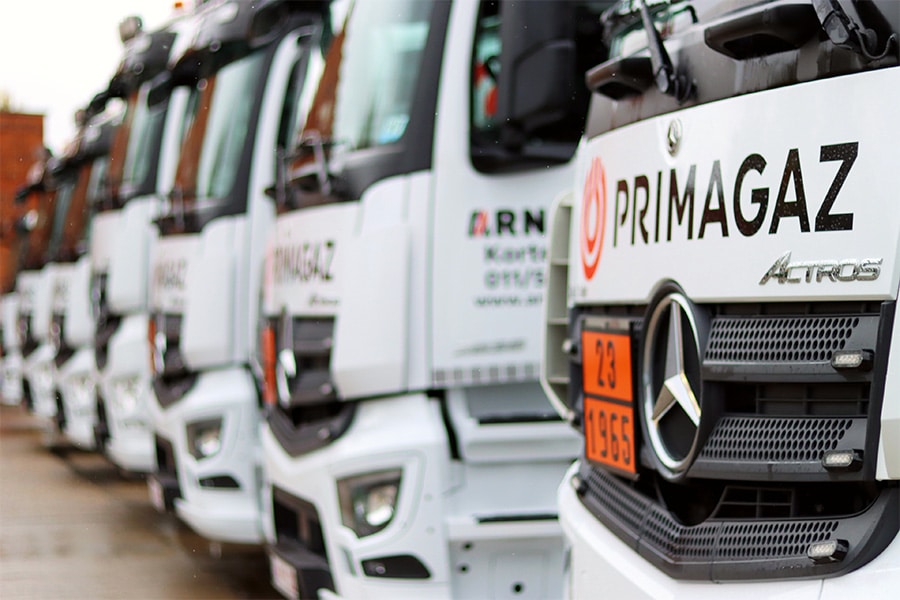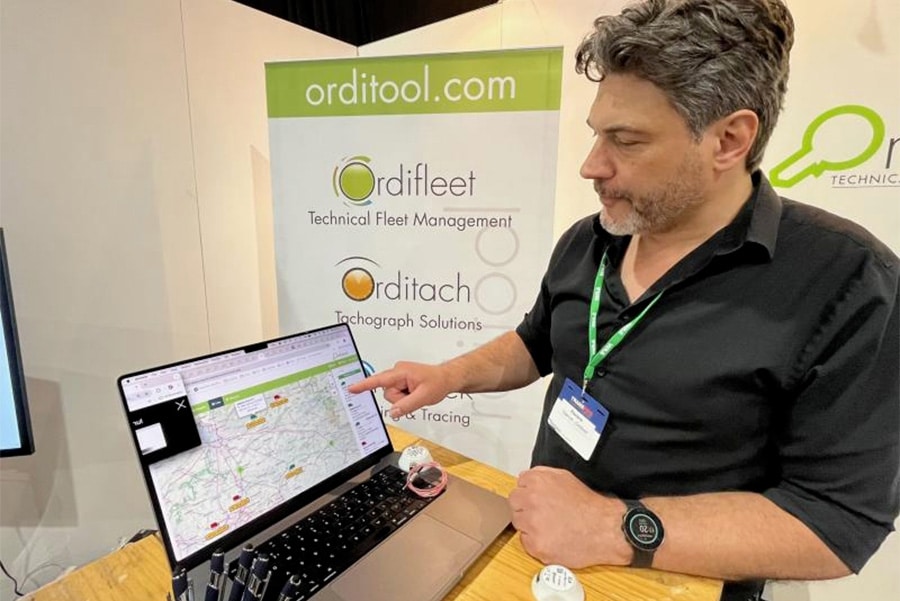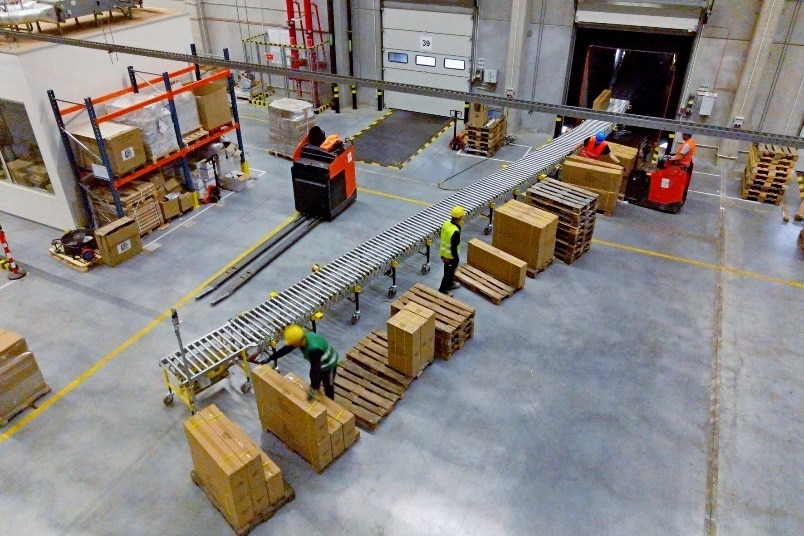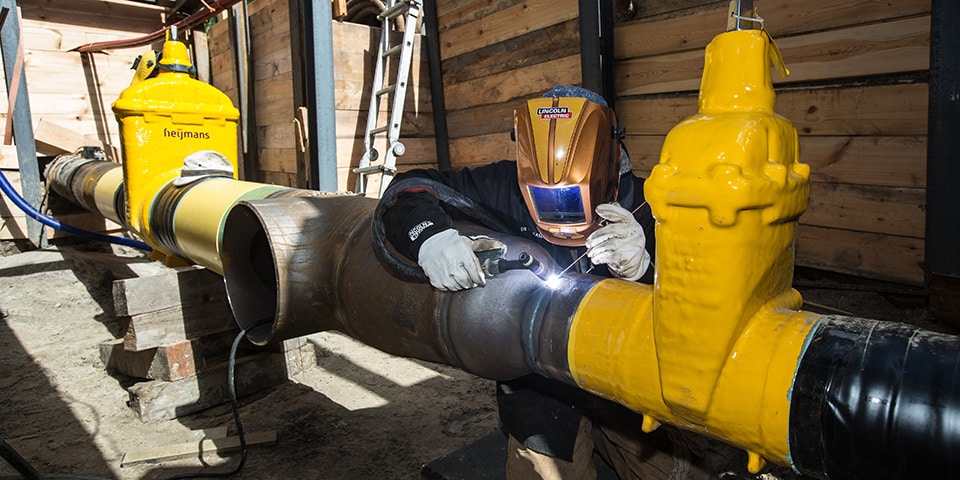
With the new Klic notifications, you can do endlessly more
The disclosure of cable and pipeline information is currently undergoing a major development. The reason for this is the Land Registry's new working method. As a result, KLIC now offers not only a legal framework but also a host of possibilities in terms of data access. We spoke with Floris Konings, who was involved in the Kadaster's test phase on behalf of Heijmans Infra.
First, back to the beginning. In fact, with an eye on laws and regulations, the Land Registry has been working for several years to modernize the way it handles Klic notifications. This so-called KLIC-WIN process has resulted in an approach in which the information exchange complies with both the Dutch WIBON law and the European INSPIRE directive. The transition period began on January 1, but by July 1, the entire GWW sector must be converted.
Big implications
The new working method has major consequences for everyone who works with cable and pipeline information. Starting with the network operators: they can now upload their information about cables and pipes to a central database of the Land Registry. The Land Registry can then share it with applicants quickly and efficiently from the database. The added value lies in the fact that this information will henceforth be delivered in vector format. That means that all the data supplied can be used much more easily in CAD systems, for example. Interesting, because it is no longer just about location information, but also about a variety of additional information: from materials and diameters to symbols for sleeves and valves, for example. The approach around Klic notifications has thus changed for legal reasons, but at the same time offers enormous advantages in terms of quality and efficiency.
Immediately alert
Someone who has now experienced this in practice is Floris Konings, lead engineer in Heijmans Infra's Cable and Pipe Systems Department, where they work out cable and pipe routes and make designs for (water) pipes and district heating, among other things. He was immediately alert when he heard of KLIC-WIN. "We deal with all kinds of different cable and pipeline works here. Sometimes these are small standard relocations in the city, but complete cable routes for large wind farms also occur. So we also have to deal with a wide variety of Klic reports. In addition, we are always alert to things that can make our drawings better and more efficient.

Preparation of directional drilling Transport Water Pipeline from Loosbroek to Oss (Photo: Maikel Samuels).
So we saw this new approach by the Land Registry as an opportunity, especially when we got involved in the Keten AcceptatieTest around KLIC-WIN through Bouwend Nederland."
With that test, the Land Registry wanted to test whether the new approach matched the daily practice of applicants and other users. "That was particularly instructive," says Floris. "Especially because of all the additional information that is now accessed 'automatically'. We immediately saw that this had to lead to a major efficiency improvement. Not to mention the possibilities in the field of BIM ..."
The right software
Floris did notice, however, that software plays a major role. Heijmans Infra has been working with InfraCAD for years, for processing Klic reports, among other things. During the Chain Acceptance Test, however, InfraCAD did not recognize the Klic reports. "So the test provided us with data, but we couldn't do anything with it yet," he said. So to test the usability of the data, it had to be linked to the software. So Floris decided to contact CAD Accent, supplier of InfraCAD. That immediately yielded a windfall: CAD Accent had been working for some time on a new KLIC module for InfraCAD Map, which will replace the KLIC module in InfraCAD. "Together, we set to work testing the new method of working," he says.
Enrichment
For about two years, Floris had had an image of where the new way of working might lead. That picture was soon confirmed. "What a data enrichment!" said Floris. "It all works a lot faster, clearer, more accurate, more complete ... And yet you only need a few buttons and functions. This way, you can do endless more with the new Klic reports."
In the old situation, "details" in the drawings tended to get lost. "But what used to be shown as a blurred patch of pixels is now - as it should be - actually recognizable as a terminator. And five lines that are close together are now also five instead of one. Symbols and sheath pipes are now clean, you can click through to attachments, requirement precautions are clearly displayed, object data is displayed in convenient pop-ups ... Suddenly, KLIC is so much more than a legal framework. Together with InfraCAD Map, it means a huge leap in the quality of your drawings."
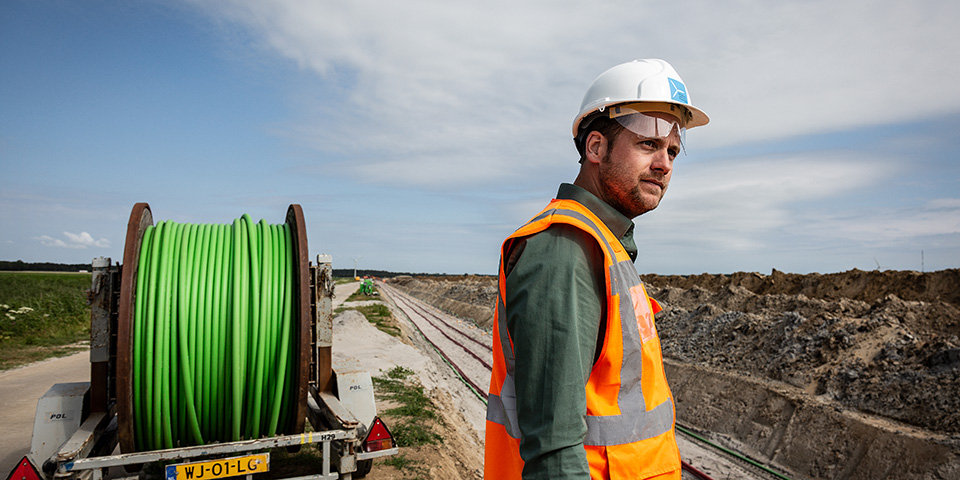
Laying cables for Wind Farm Wieringermeer (Image: Martine Krekelaar).
Efficiency
Working with the new Klic module is also more efficient, they noticed at Heijmans. For example, you no longer have to clean up your drawings first and you can now import multiple Klic reports as one batch. "To an outsider these may seem like small things, but every draftsman will recognize the frustration of having to clean up your drawing. Now you can get right to work! That saves you time - handy in a tender process - but much more importantly, it makes working so much more pleasant." All in all, then, the wait for KLIC-WIN was worthwhile, Floris concludes. "In combination with InfraCAD Map, it really heralds a new era."
Transition period: until July 1, 2019
The transition to the new vector-based cable and pipeline information is quite a transition for the entire industry. That is why the Land Registry is applying a transition period. The network operators can still submit their data in the 'traditional' way (as raster data) until July 1, but after that they must do so in vector data. So from July 1, everyone can only work with vector data.

